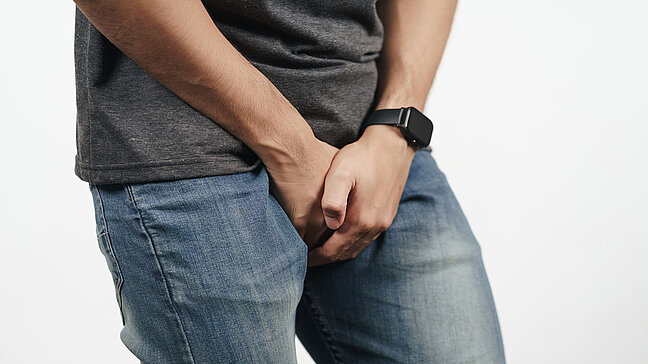
Frenulotomy
When should a frenulotomy be performed?
A frenulotomy is recommended for:
- Frenulum breve: A too short frenulum can cause pain or tears during sexual intercourse.
- Ankyloglossia: A shortened lingual frenulum can impair speech development and food intake.
- Restrictions of mouth mobility: In cases of functional impairments due to a shortened lip or lingual frenulum.
What should be considered before the frenulotomy?
Before the procedure, the following points should be considered:
- Medical consultation: Discuss the necessity and procedure of the operation with your doctor.
- Medication intake: Inform about current medications, especially blood thinners.
- Allergies: Report any allergies to anesthetics or other medications.
- Preparation: Follow the doctor's instructions regarding food intake and hygiene before the procedure.
Performance of the frenulotomy
The procedure is carried out in several steps:
- Anesthesia: Local anesthesia of the affected area; general anesthesia may be required for children.
- Severing of the frenulum: The shortened band is severed with a scalpel or laser.
- Suturing: If necessary, the wound is sutured with self-dissolving stitches.
The operation usually takes only a few minutes and is generally performed on an outpatient basis.
Results discussion and consultation
After the procedure, you should:
- Aftercare: Keep the wound clean and follow the care measures recommended by the doctor.
- Pain: Painkillers can be taken if necessary, but no blood-thinning medications without consulting a doctor.
- Activities: Physical exertion and sexual intercourse should be avoided for a period determined by the doctor.
- Follow-up examination: Schedule a follow-up appointment to check the healing process.
Costs of the frenulotomy
The frenulotomy costs 350.00 euros. The following services are typically included in this price:
- Preparatory consultation: Discussion of symptoms and explanation of the procedure.
- Performance of the frenulotomy: Surgical severing of the shortened frenulum under local anesthesia.
- Aftercare and wound control: Monitoring of the healing process and, if necessary, removal of stitches.



